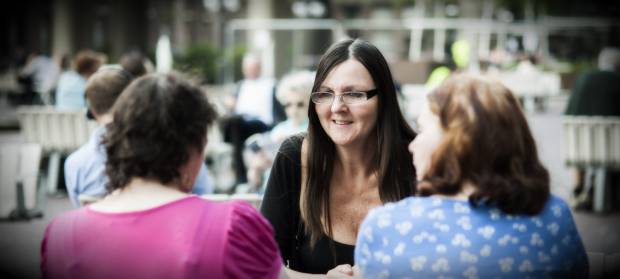Friendships
People with a
learning disability
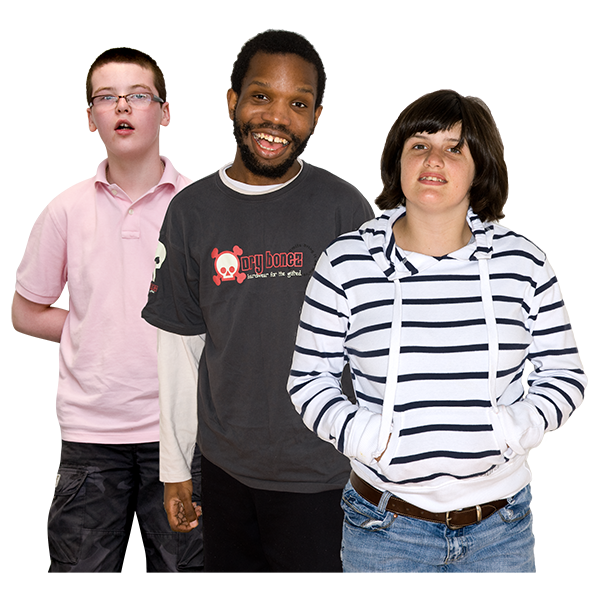 A learning disability is to do with the way someone's brain works. It makes it harder for someone to learn, understand or do things.
have fewer chances to take part in
leisure
A learning disability is to do with the way someone's brain works. It makes it harder for someone to learn, understand or do things.
have fewer chances to take part in
leisure
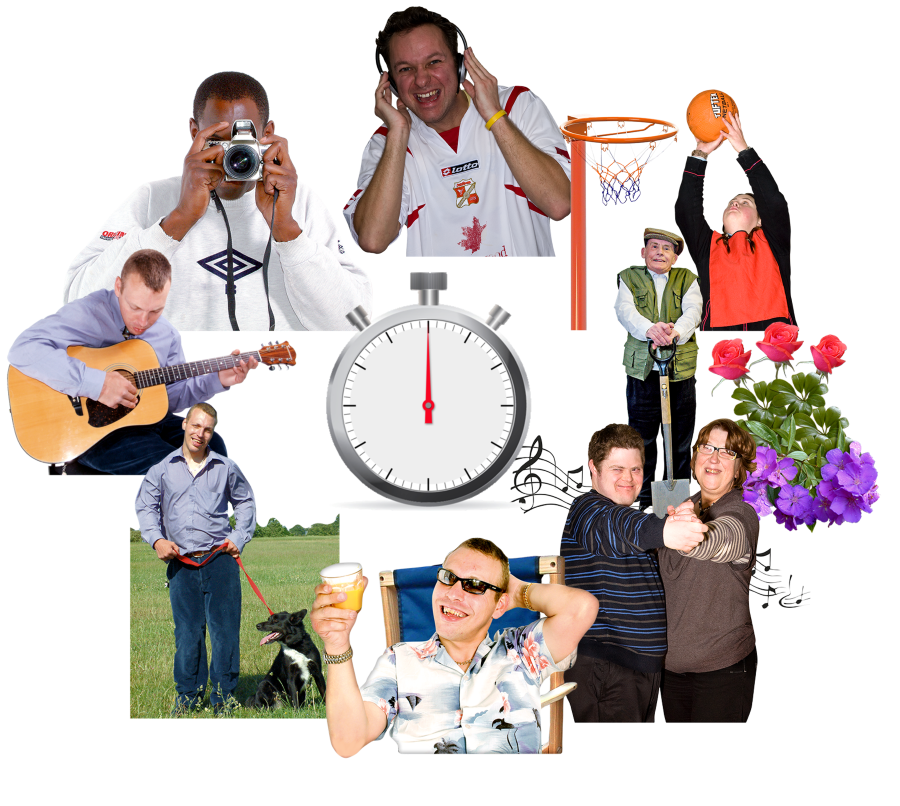 Leisure is when you have time to do things you enjoy like playing sports or going to the pub.
activities or socialise with their peers, and so may have fewer friends.
Leisure is when you have time to do things you enjoy like playing sports or going to the pub.
activities or socialise with their peers, and so may have fewer friends.
Research shows that children and teenagers with a learning disability partake in fewer activities and participate less frequently than their peers without a learning disability. They also tend to have fewer friends (Taheri et al., 2016; Merrells et al., 2018).
Loneliness
Being physically present in a
community
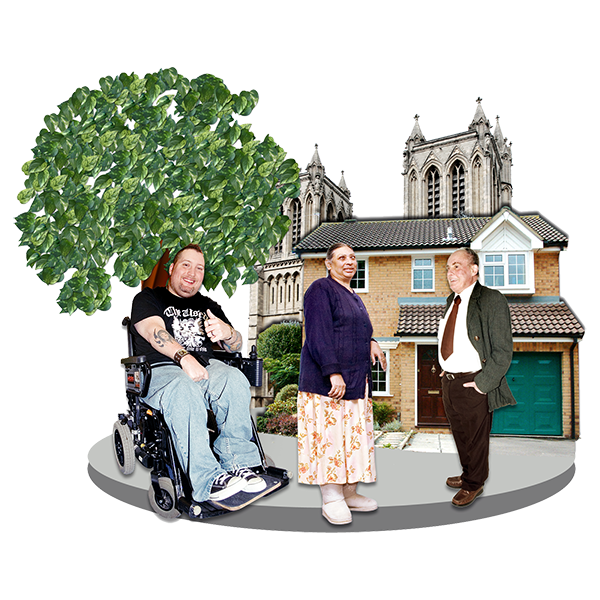 A community is the people and places in an area.
does not necessarily mean people with a learning disability feel integrated within the community or accepted by their peers. Social inclusion involves making meaningful connections and participation in fulfilling activities (Simplican et al., 2015; Merrells et al., 2019). Research suggests that 1 in 3 young people with a learning disability spend less than 1 hour outside their home on a typical Saturday (Mencap, 2019).
A community is the people and places in an area.
does not necessarily mean people with a learning disability feel integrated within the community or accepted by their peers. Social inclusion involves making meaningful connections and participation in fulfilling activities (Simplican et al., 2015; Merrells et al., 2019). Research suggests that 1 in 3 young people with a learning disability spend less than 1 hour outside their home on a typical Saturday (Mencap, 2019).
In a
survey
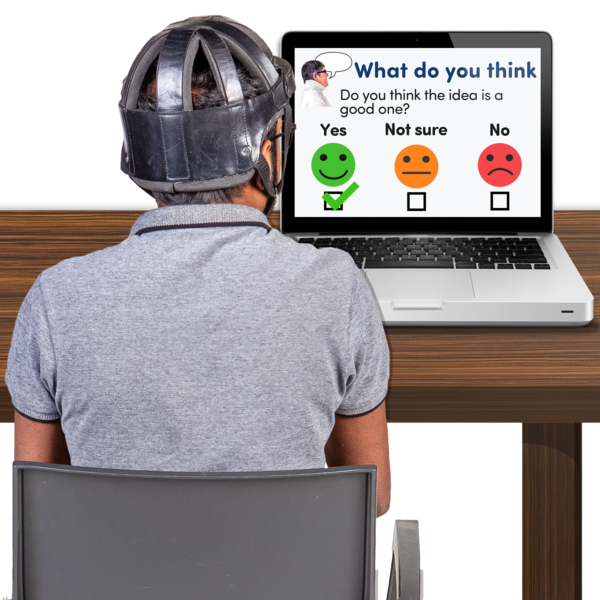 A survey is when someone asks you to answer some questions.
by Sense, over half of disabled people reported feeling lonely, rising to over three quarters (77%) for those aged 18-34 (Sense 2017). Loneliness is associated with physical and mental health problems and poorer quality of life (Leigh-Hunt et al., 2017 Macdonald et al., 2018).
A survey is when someone asks you to answer some questions.
by Sense, over half of disabled people reported feeling lonely, rising to over three quarters (77%) for those aged 18-34 (Sense 2017). Loneliness is associated with physical and mental health problems and poorer quality of life (Leigh-Hunt et al., 2017 Macdonald et al., 2018).
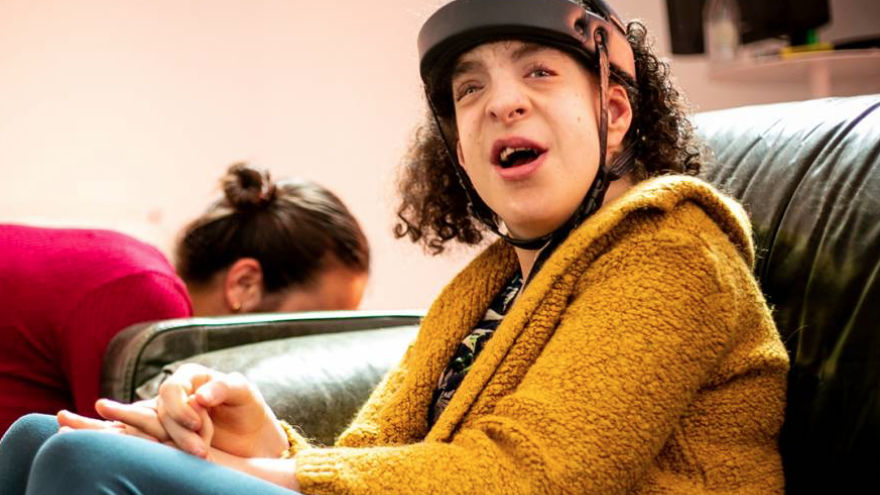
PMLD and social inclusion
PMLD and social inclusion
People with profound and multiple learning disabilities (PMLD) have smaller social networks, which consist mainly of family members (Kamstra et al., 2015).
Limited access to
employment
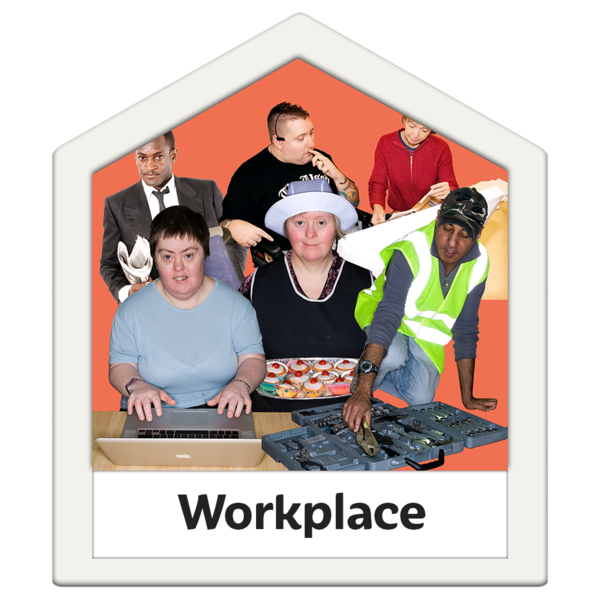 Employment means having a job.
, difficulty using public transport, emotional health problems and social stigma may increase the risk of loneliness among people with a learning disability (Macdonald et al., 2018; Wormald et al., 2019)
Employment means having a job.
, difficulty using public transport, emotional health problems and social stigma may increase the risk of loneliness among people with a learning disability (Macdonald et al., 2018; Wormald et al., 2019)
The friendship needs of people with profound and multiple learning disabilities (PMLD) are often ignored, perhaps due to their communication difficulties.
However, people with PMLD are capable of forming
relationships
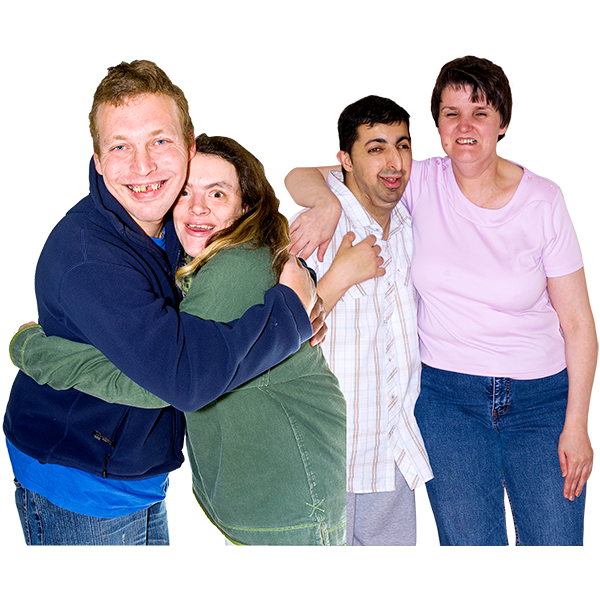 Relationships are about the people in your life. You might have different types of relationships like friendships, family relationships, or a boyfriend or girlfriend.
, making choices and communicating with others through vocalisation, touch and non-verbal behaviours such as facial expression and gestures (Goldbart & Caton, 2010; Harding et al., 2011; Callus, 2017).
Relationships are about the people in your life. You might have different types of relationships like friendships, family relationships, or a boyfriend or girlfriend.
, making choices and communicating with others through vocalisation, touch and non-verbal behaviours such as facial expression and gestures (Goldbart & Caton, 2010; Harding et al., 2011; Callus, 2017).
Why are friendships important to people with a learning disability?
More happiness and confidence: Having an active social life can help people with a learning disability to feel happier, included and valued (Mason et al. 2013; Chadwick et al. 2014; Wilson et al., 2017).
Reduce loneliness: Friendships also help to reduce loneliness. Loneliness is linked to a number of health risks, such as depression, high blood pressure and higher mortality risk (Holt-Lunstad et al., 2010; Gilmore and Cuskelly 2014; Valtorta et al., 2016).
Improved health: Evidence suggests that having more and better quality friendships is associated with better physical health and lower risk of early mortality (Holt-Lunstad et al., 2010; Ho, 2016; Hojjat et al., 2017)
References
Callus, A. M. (2017). ‘Being friends means helping each other, making coffee for each other’: reciprocity in the friendships of people with intellectual disability. Disability & Society, 32(1), 1-16.
Leigh-Hunt, N., Bagguley, D., Bash, K., Turner, V., Turnbull, S., Valtorta, N., & Caan, W. (2017). An overview of systematic reviews on the public health consequences of social isolation and loneliness. Public health, 152, 157-171.
Macdonald, S. J., Deacon, L., Nixon, J., Akintola, A., Gillingham, A., Kent, J., ... & Highmore, L. (2018). ‘The invisible enemy’: disability, loneliness and isolation. Disability & Society, 33(7), 1138-1159.
Mencap (2019) New research from Mencap shows bullying of people with a learning disability leading to social isolation.
Merrells, J., Buchanan, A., & Waters, R. (2018). The experience of social inclusion for people with intellectual disability within community recreational programs: A systematic review. Journal of Intellectual & Developmental Disability, 43(4), 381-391.
Merrells, J., Buchanan, A., & Waters, R. (2019). “We feel left out”: Experiences of social inclusion from the perspective of young adults with intellectual disability. Journal of Intellectual & Developmental Disability, 44(1), 13-22.
Sense (2017). “Someone cares if I’m not there”: Addressing loneliness in disabled people. Jo Cox Commission on Loneliness: Disabled People.
Simplican, S. C., Leader, G., Kosciulek, J., & Leahy, M. (2015). Defining social inclusion of people with intellectual and developmental disabilities: An ecological model of social networks and community participation. Research in developmental disabilities, 38, 18-29.
Taheri, A., Perry, A., & Minnes, P. (2016). Examining the social participation of children and adolescents with Intellectual Disabilities and
Autism
 Autism is a disability. Autistic people find it difficult to understand what other people think and feel. They also find it difficult to tell people what they think and feel. Everyone with autism is different.
Spectrum Disorder in relation to peers. Journal of Intellectual Disability Research, 60(5), 435-443.
Autism is a disability. Autistic people find it difficult to understand what other people think and feel. They also find it difficult to tell people what they think and feel. Everyone with autism is different.
Spectrum Disorder in relation to peers. Journal of Intellectual Disability Research, 60(5), 435-443.
Wormald, A. D., McCallion, P., & McCarron, M. (2019). The antecedents of loneliness in older people with an intellectual disability. Research in developmental disabilities, 85, 116-130.
